
Table of Contents
- Why Herbs Matter in Cooking
- Fresh vs. Dried Herbs: The Flavor Face-Off
- The Golden Ratio: How to Substitute Fresh Herbs for Dried
- Common Herb Substitutions You Should Know
- Pro Tips for Using Herbs in Your Recipes
- Spice Storage Hacks to Keep Your Herbs Fresh Longer
- Buying Guide: Best Spice Storage Containers & Fresh Herb Kits
- Final Thoughts on Herb Substitutions
Why Herbs Matter in Cooking
Let’s be real — food without herbs is like music without rhythm. Whether you're sautéing garlic, baking focaccia, or grilling salmon, herbs bring that essential pop of flavor that turns ordinary meals into unforgettable ones.
But here's the thing: not all herbs are created equal — especially when it comes to fresh versus dried. And if you’ve ever stared at a recipe and wondered whether your dried basil can pull double duty as fresh, this article is your herb-saving lifeline.
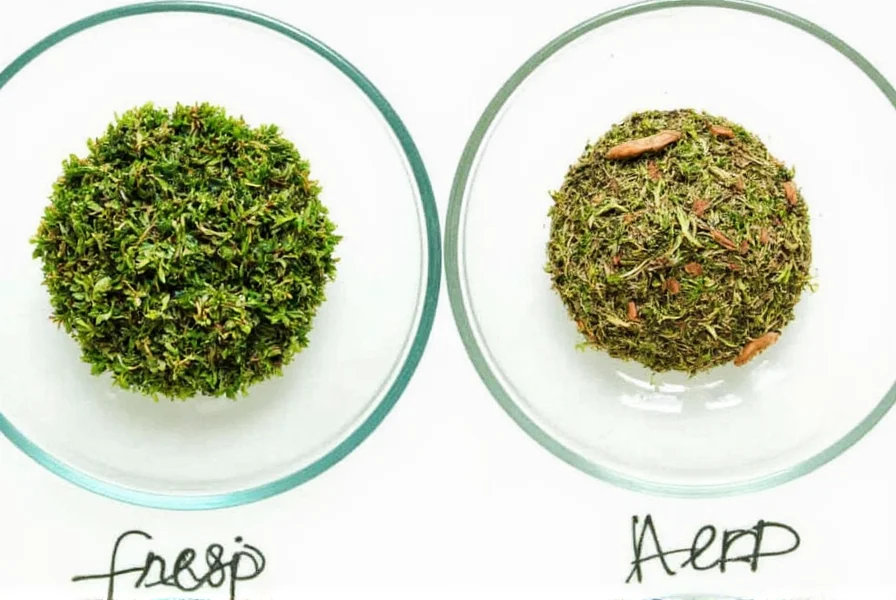
Fresh vs. Dried Herbs: The Flavor Face-Off
Understanding the difference between fresh and dried herbs is key to making smart substitutions in the kitchen. Here's a quick breakdown:
| Characteristic | Fresh Herbs | Dried Herbs |
|---|---|---|
| Mouthfeel | Crisp, juicy | Woody, dry |
| Aroma | Earthy, vibrant | Concentrated, earthy |
| Best For | Garnishing, finishing dishes | Slow cooking, long simmering |
| Shelf Life | 3–7 days refrigerated | 6 months–1 year sealed |
The Golden Ratio: How to Substitute Fresh Herbs for Dried
You've probably heard whispers of the “1:3” rule, but let’s dig deeper so you actually understand why it works — and when it doesn’t.
- General Rule: Use 1 tablespoon of fresh herbs for every 1 teaspoon of dried herbs.
- The Reason: Dried herbs have a more concentrated flavor due to moisture loss during drying.
This ratio holds true for most soft-leaved herbs (like basil, cilantro, parsley), but don't apply it blindly across the board — some woody herbs like rosemary and thyme require a slightly different approach.
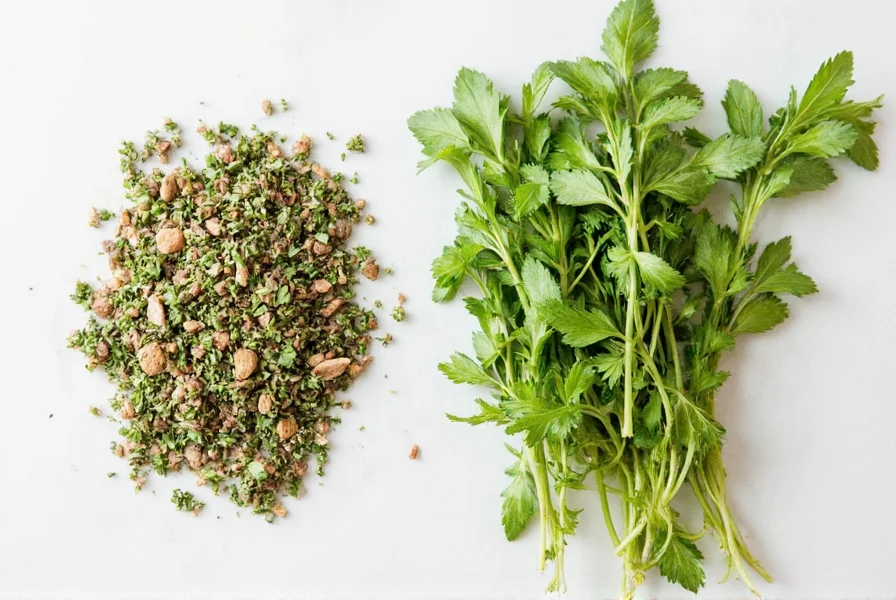
Common Herb Substitutions You Should Know
Sometimes you're mid-recipe and realize you’re out of fresh dill — panic mode activated! But fear not, here’s your cheat sheet for common herb substitutions:
| If You Need | You Can Substitute With | Substitution Ratio |
|---|---|---|
| Fresh Basil | Dried Basil | 1 tbsp fresh = 1 tsp dried |
| Fresh Thyme | Dried Thyme | 1 tbsp fresh = 1 tsp dried |
| Fresh Rosemary | Dried Rosemary | 1 tbsp fresh = ½ tsp dried |
| Fresh Cilantro | Dried Coriander | 1 tbsp fresh = ¾ tsp dried |
| Fresh Sage | Dried Sage | 1 tbsp fresh = 1 tsp dried |
Pro Tips for Using Herbs in Your Recipes
Want to level up your herb game? These tips will make you feel like a culinary genius even on a Tuesday night:
- Add fresh herbs near the end of cooking to preserve their delicate flavor and color.
- Crush dried herbs between your fingers before adding them to release their essential oils.
- Don’t over-substitute — sometimes a missing herb is better than a forced swap.
- Use lemon juice or vinegar to brighten dishes when substituting milder dried herbs for bold fresh ones.
- Make compound butter using leftover fresh herbs to extend their shelf life and boost flavor later.
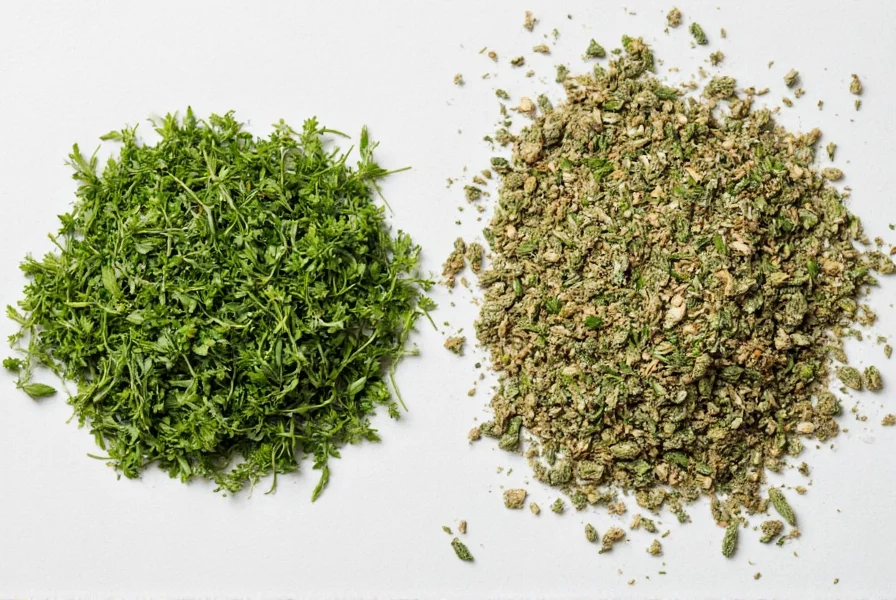
Spice Storage Hacks to Keep Your Herbs Fresh Longer
You bought a bunch of mint and now half of it’s wilted? No shame — we’ve all been there. But with these simple tricks, you’ll keep those herbs vibrant longer:
- Trim the stems and store in a glass of water like a bouquet of flowers. Cover loosely with a plastic bag and refrigerate.
- Freeze chopped herbs in olive oil cubes — they’re perfect for soups and sautés later!
- Dry herbs in a dehydrator or oven on low heat for long-term use.
- Vacuum-seal dried herbs to lock in flavor for up to two years.
- Use airtight containers for dried spices and label them with dates — freshness matters!

Buying Guide: Best Spice Storage Containers & Fresh Herb Kits
Ready to upgrade your spice stash? Here are our top picks for products that help you store and use both fresh and dried herbs like a pro:
1. OXO Good Grips Pop Container Set
- Features: Airtight seals, stackable design, easy-click lid
- Best For: Storing dried herbs, spices, grains
- Why We Love It: Keeps spices organized and odor-free for months.
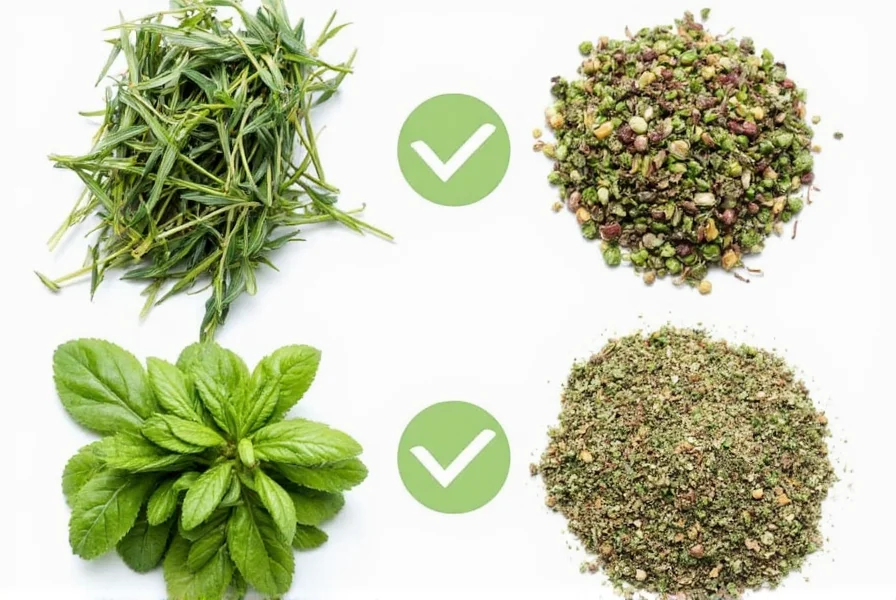
2. Fresh Herb Keeper by Progressive International
- Features: Water reservoir, clear plastic dome, fridge-friendly size
- Best For: Preserving fresh basil, parsley, cilantro
- Why We Love It: Extends herb life up to two weeks with minimal effort.
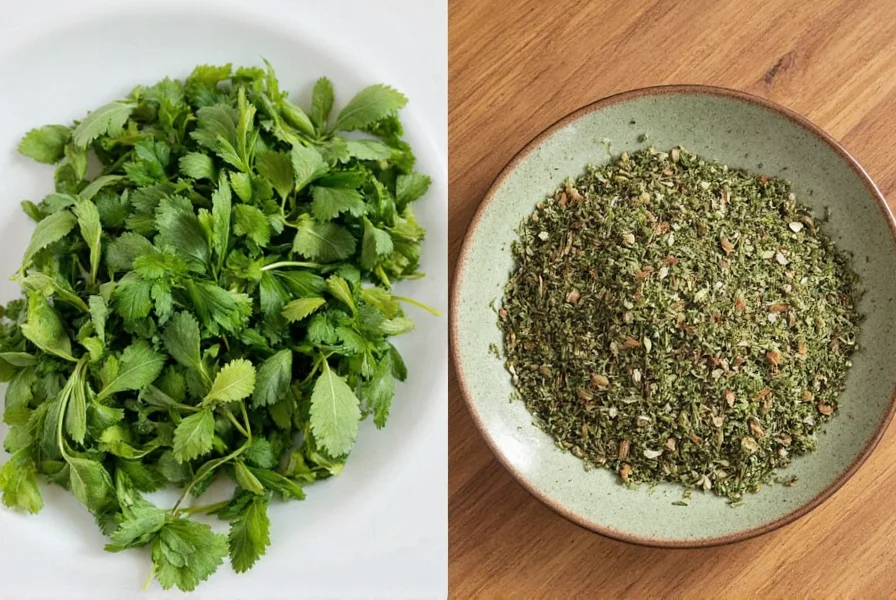
3. Norpro Glass Spice Jars with Shaker Lids
- Features: Frosted glass to block light, shaker lids, reusable
- Best For: Kitchen countertop storage of commonly used dried herbs
- Why We Love It: Stylish and functional — perfect for easy access while cooking.
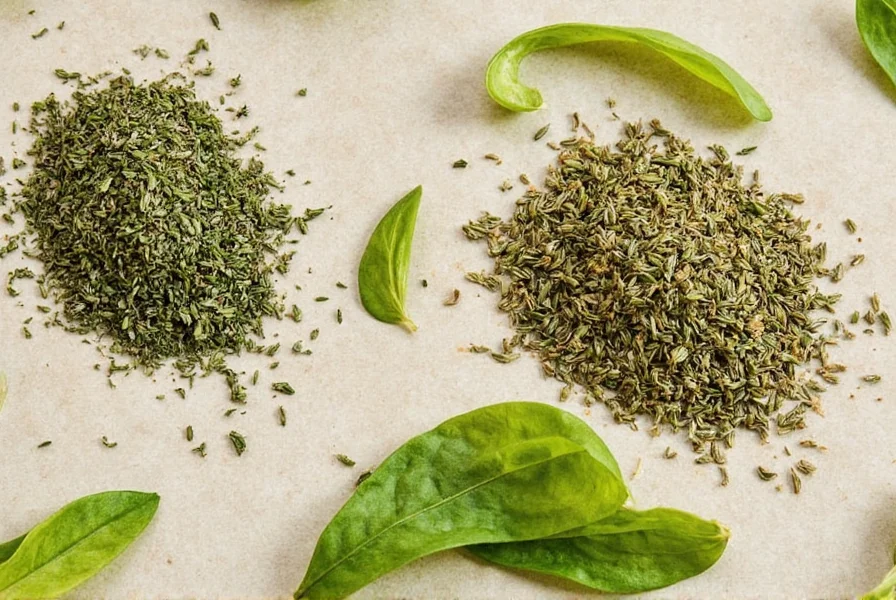
4. Aerogarden Harvest Elite Indoor Garden
- Features: LED grow lights, compact size, app-guided care
- Best For: Growing fresh herbs indoors year-round
- Why We Love It: Grow basil, thyme, mint, and more without sunlight or soil.
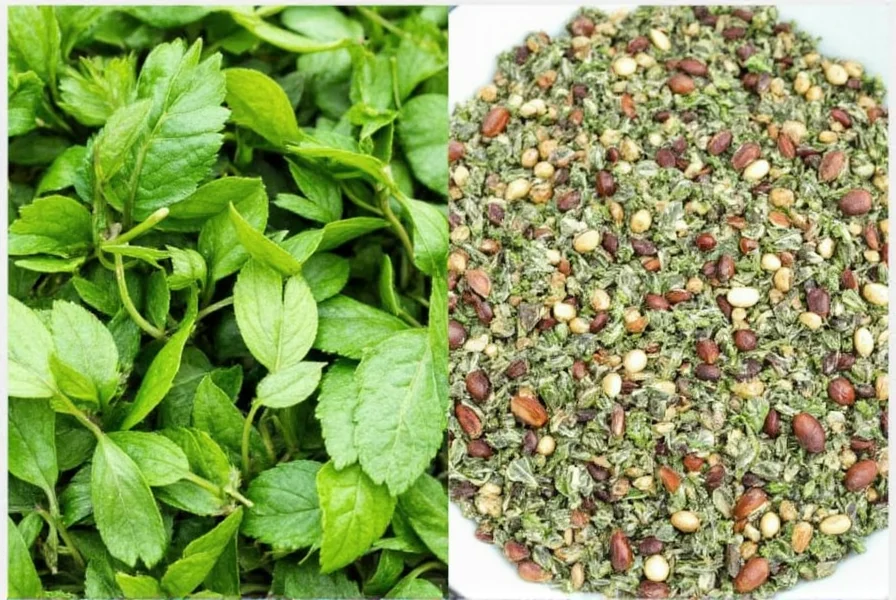
5. Hamilton Beach 7-Inch Electric Spice & Herb Grinder
- Features: One-touch grinding, removable bowl, quiet motor
- Best For: Crushing dried herbs and whole spices quickly
- Why We Love It: Perfect for turning peppercorns or dried oregano into usable powders fast.
Final Thoughts on Herb Substitutions
Whether you're working with a full spice rack or a single sprig of rosemary, knowing how to substitute fresh herbs for dried herbs gives you the freedom to cook confidently — no matter what’s in your pantry.
Remember, herbs are tools of flavor, not strict rules. Don’t be afraid to experiment, adjust to taste, and trust your senses. With a little knowledge and the right storage gear, you’ll never again throw away a limp parsley stalk or reach for dusty old basil flakes out of desperation.
So go ahead — spice up your next dish with a dash of creativity and a pinch of science. Happy cooking!
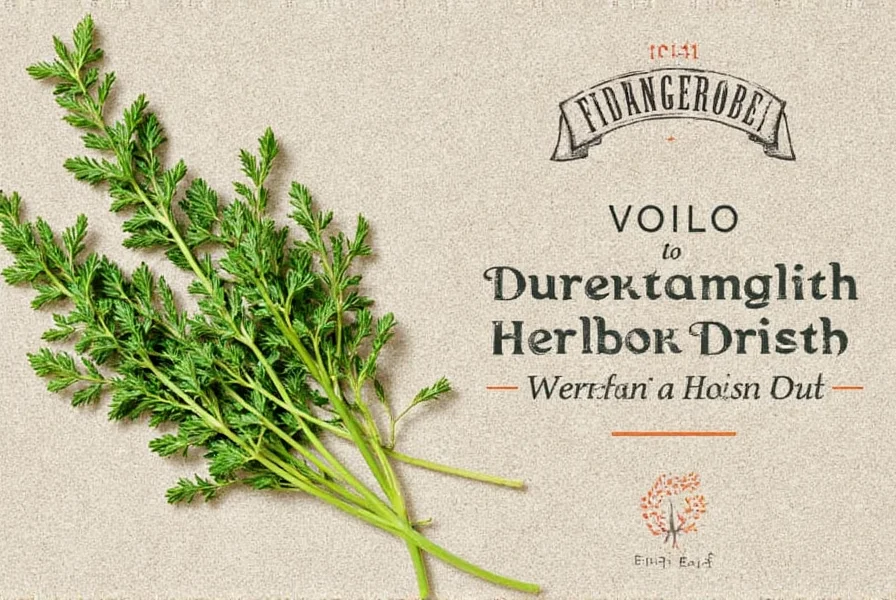

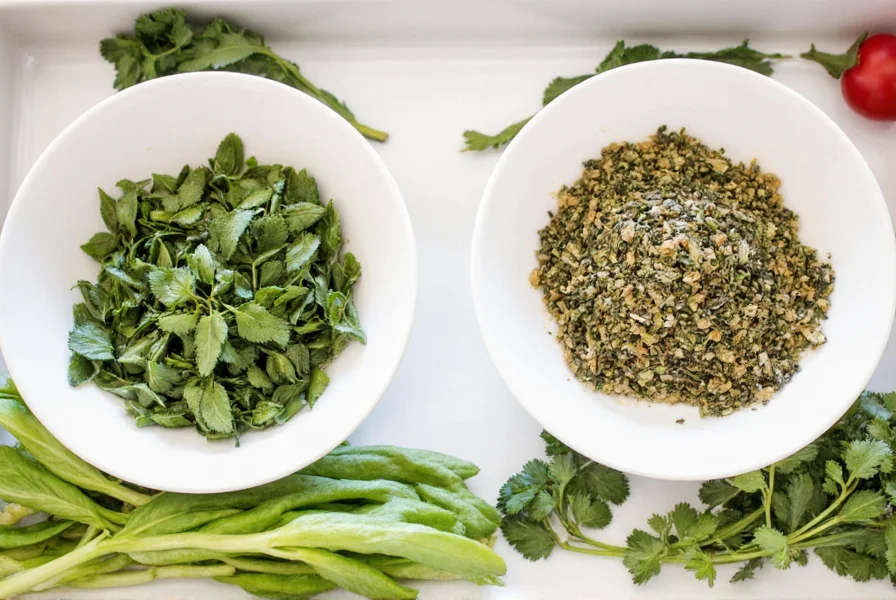









 浙公网安备
33010002000092号
浙公网安备
33010002000092号 浙B2-20120091-4
浙B2-20120091-4